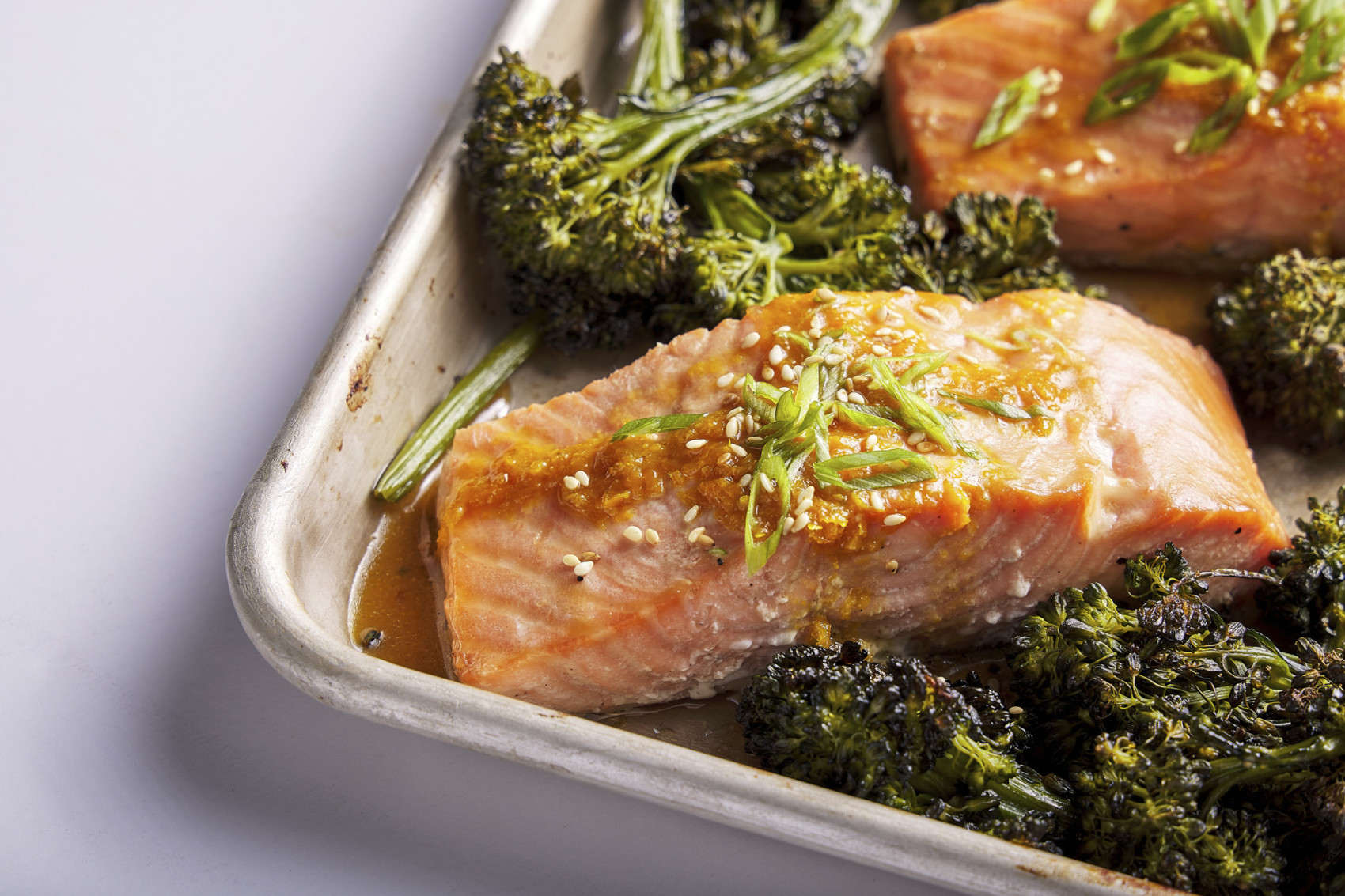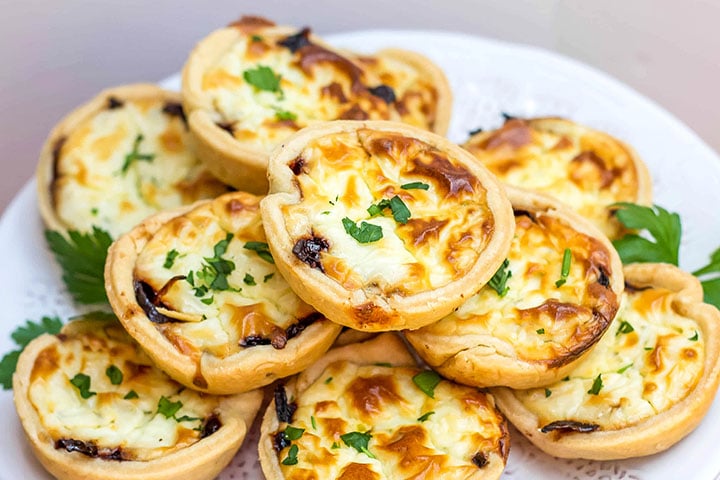Chikuzenni is a traditional Japanese dish that is both hearty and flavorful. This stew-like dish features a healthy mix of vegetables and chicken simmered in a savory shiitake dashi broth. The colorful medley of ingredients and the rich and comforting flavors makes it a go-to celebration dish for new year’s day in Japan. It’s also a perfect choice for family meals, weeknight dinners, and meal prep!

What is Chikuzenni?
Chikuzen-ni(筑前煮), is a traditional Japanese home-cooked dish made by frying chicken and vegetables in sesame oil then simmering in a savory mushroom dashi stock. It originated in the Fukuoka prefecture (formerly called Chikuzen) in Kyushu, thus the name of the dish. It’s also known as “Iridori” because the chicken is stir- fried first. This dish is often served during the New Year’s celebrations feast (“osechi ryori”) but is enjoyed year-round for its comforting flavours and nutritional benefits.

Ingredients Required to Make Chikuzenni
To make Chikuzenni, you’ll need:

Chicken Thighs
Chicken is a key ingredient because it adds both flavor and protein. Thigh meat is best for this dish because it has a richer flavor and a higher fat content compared to breast meat, which contributes to the overall taste of the dish. As the chicken simmers in the dashi-based broth, it infuses the vegetables and liquid with its delicious flavor. While chicken thigh is traditionally used, you can also use chicken breast if you prefer. However, be aware that breast meat may cook faster and can become dry if overcooked.
Vegetables
- Carrots – carrots are cut into flower shapes (using a special Japanese vegetable cutter or manually, I will show you how) or simply into rounds. They add a vibrant orange color and natural sweetness to the dish.
- Gobo (Burdock Root) – this long, thin root vegetable has a earthy, slightly sweet flavor. It’s usually cut into thin slices or julienned for this dish. Gobo adds a unique texture and is known for its high fiber content and antioxidants.
- Renkon (Lotus Root) – the renkon is sliced into rounds to display its lacy appearance. It adds a crunchy texture and absorbs the flavors of the broth well.
- Satoimo (Taro) – These small round potatos have a slightly sticky texture when cooked. They’re usually quartered or halved and add a creamy element to the dish. Satoimo is high in fiber and potassium.
- Shiitake Mushrooms – dried shiitake mushrooms are used which are rehydrated in water. These mushrooms bring a deep, umami flavor to Chikuzenni. They’re known for their meaty texture and are rich in B vitamins.
- Konnyaku(konjac) – While not technically a vegetable, this jelly-like food made from konjac yam is a common ingredient in Chikuzenni. It’s cut into triangles or strips and adds a unique, chewy texture. Konnyaku is very low in calories and high in fiber.
- Snow Peas – snow peas provide a bright green color and a fresh, slightly sweet flavor. They also add a nice crunch to contrast with the softer textures of the other vegetables.
Substitutions for Chikuzenni Ingredients
If you’re missing some of the key ingredients or looking to switch things up, there are plenty of substitutions that can be made without sacrificing flavor.
- If gobo is unavailable, you can use parsnips or additional carrots.
- Substitute renkon with water chestnuts for a similar crunchy texture.
- Replace satoimo with small potatoes if taro is hard to find.
- For a vegetarian version, replace chicken with Atsuage (thick deep fried tofu) or Kōyadōfu.
- Konnyaku can be left out if it’s not available, though it adds a unique texture to the dish.
Ingredients Preparation
Dried Shiitake Mushrooms
The dried shiitake mushrooms need to be soaked in cold water overnight to extract as much of the strong flavour as possible, so be sure to start preparing it the day before. Chikuzenni is simmered in only dried shiitake mushroom dashi, so the key to the flavour of chikuzenni is the broth from the shiitake mushrooms so don’t discard the soaking liquid! I recommend to use dried shiitake mushrooms called “donko”.

Chicken thigh
Remove any excess fat or tissue from the chicken and cut into bite-sized pieces.

Renkon Lotus Roots
I used frozen Renkon from a local Japanese grocery store as it is hard to find fresh in Australia. Thawing is unnecessary when using it for dishes that require cooking, such as boiled, simmered, stir-fried dishes, and soups. However when I am cooking Chikuzenni for New Year’s feast, I like to cut the renkon decoratively. To do this, it needs to thaw at room temperature for a few minutes, then it should be ready to cut.
To cut renkon into a flower shape, make V-shaped cuts between the holes around the lotus roots. Shape each piece into a round shape with a knife.

Carrots
Either cut carrots into “Rangiri” (random cuts) or “Nejiriume” (twisted plum flower). For Nejiriume: slice the carrot into 0.4inch/1cm thick. Trim the ends to make a regular pentagon. Score about 0.2inch/5mm in the center of one side. Cut a V-shape from the corner of the pentagon to the depth of the cut. Repeat this for each side. Once you have the petal shape, score from the valley towards the center. Repeat this 5 times. Starting from the tip of the petal, scrape the outside of the petal at an angle toward the incision. Adjust the corners of the pentagon so that they are rounded.

Gobo Burdock Roots
I could not find any form of gobo burdock available, so instead, I used 1 whole carrot instead of half a carrot. If you can find gobo burdock, then prep it accordingly. Burdock root has umami in its skin, so avoid scraping it off with a knife. It is sufficient to lightly remove dirt with a scrubbing brush or wipe with a damp cloth. Then cut it randomly (rangiri). Gobo has a strong astringent taste, so parboil it and then soak it in vinegar water before sautéeing with the other ingredients because it discolours easily.
Snow peas
Remove the streaks from the snow pea pods. Blanch them in plenty of water in a pot briefly for about 5 seconds. Rinse them under running cold water, and drain. Cut diagonally in half.

Satoimo (taro)
If you can find fresh satoimo, peel it and cut it into bite size pieces. Then parboil them and set aside. If you are going to use frozen satoimo like me, they are already peeled and then frozen ready to use so you don’t need to thaw, just use them as frozen.
Konnyaku (Konjack)
Tear the konnyaku up with a spoon rather than cutting it with a knife. This will allow the flavor to soak in more easily. As I explained in Konnyaku steak, in order to remove the konnyaku fishy smell, place the teared konjac pieces in a mixing bowl and sprinkle salt. With your hand, rub salt onto the konjac and leave it for about 5 minutes. Place plenty of water in a saucepan and bring the water to boil. Add the konjac and cook for a few minutes. Turn the heat off and drain the boiling water.

Step by Step Instructions
- Prepare all vegetables as indicated above then heat sesame oil in a frying pan.
- Add the chicken thigh to the pan and cook.
- Remove the chicken pieces out of the frying pan and add the konnyaku, root vegetables, and shiitake mushrooms to the frying pan and cook over medium heat. Don’t add the snow peas yet.
- Add the chicken back into the pan .
- Pour the mixture of shiitake dashi, water, sugar, sake and soy sauce to the frying pan and bring to boil.
- When it has boiled, turn the heat down and cook with an “Otoshibuta” (drop lid) for about 20 minutes or until the ingredients have cooked through.
- Cool down the cooked chicken and vegetables to allow the flavours to penetrate into the ingredients well and become more delicious. This extra step is worth the time.
- Return the Chikuzenni to medium-high heat. When it has boiled, add soy sauce and mirin and let the liquid evaporate.
- Add the par-boiled snow peas then serve.


- Soak the gobo in water with a splash of vinegar to prevent discoloration (if you are using gobo).
- Cut all the vegetables into similar sizes for even cooking.
- Use a drop lid (otoshibuta) while simmering to ensure all the ingredients are evenly cooked and flavored.
- Allow the dish to rest for a few hours or overnight for flavors to develop fully.
Serving Suggestions
Chikuzenni is typically served as a side dish alongside steamed rice. It’s perfect for bento boxes or as part of a larger Japanese meal. The dish can be enjoyed both warm and at room temperature. It’s usually served as part of the New Year celebration meal but it can be eaten all year round.
FAQ
Q : Are Chikuzenni and Nishime the same?
A : They are similar but not the same. In Nishime, the vegetables are prepared in different pots in order to cook each vegetable best, and then arranged at the end simmered in bonito and kelp (Awase) dashi stock. Nishime also often does not include chicken.
On the other hand, in Chikuzenni the ingredients including chicken can be stir-fried in one pot or even frying pan and then simmered together in shiitake mushroom dashi stock.
Discover the comforting flavours of chikuzenni, a traditional Japanese chicken and vegetable stewed dish, with this step by step recipe.
Prep Time 1 day
Cook Time 30 minutes
Total Time 1 day 30 minutes
Servings: 4 serves
- ▢ 5 dried shiitake mushrooms *1
- ▢ 200 ml soaking water for dried shiitake mushrooms *2
- ▢ 2 chicken thigh fillets
- ▢ 1 carrot
- ▢ 8 snow peas
- ▢ 150 g konnyaku (konjac)
- ▢ 200 g renkon (lotus roots)
- ▢ 200 g satoimo (taro)
- ▢ ½ tbsp sesame oil
- ▢ 150 ml water
- ▢ 3 tbsp sugar
- ▢ 3 tbsp cooking sake
- ▢ 3 tbsp soy sauce *3
- ▢ 1 tbsp mirin
Start soaking the dried shiitake mushrooms a day before.
Prepare all the vegetables as explained above.
Heat sesame oil in a frying pan and the chicken thigh to cook until browned.
Remove the chicken thigh pieces out of the frying pan and add the konnyaku, carrot, renkon, satoimo and shiitake mushrooms to the frying pan and cook over medium hear (don't add the snow peas yet).
Pour the mixture of shiitake dashi, water, 3 tbsp sugar, 3 tbsp sake and 2 tbsp soy sauce to the frying pan and bring to boil. *4
When it has boiled, turn the heat down and simmer with an "otoshibuta" (drop lid) for about 20 minutes or till all the ingredients have cooked through.
Turn the heat off and cool it down. The flavours will penetrate through into the ingredients well and become more flavourful and delicious if you let it cool down.
Return the Chikuzenni back over medium-high heat.
When it has boiled, add soy sauce and mirin and let the liquid evaporate.
Turn the heat off and serve with par boiled snow peas.
*1 preferably “donko” shiitake mushrooms.
*2 Do not discard the soaking water as you need 150ml Shiitake dashi liquid for making the simmering sauce.
*3 1 tbsp of soy sauce will be added at the end of the cooking process with 1 tbsp of mirin.
*4 Only 2 tbsp soy sauce used here and then the extra 1tbsp is added later with mirin as mentioned above in note 3.
Calories: 311kcal · Carbohydrates: 38g · Protein: 13g · Fat: 11g · Saturated Fat: 3g · Polyunsaturated Fat: 3g · Monounsaturated Fat: 5g · Trans Fat: 0.05g · Cholesterol: 55mg · Sodium: 869mg · Potassium: 815mg · Fiber: 5g · Sugar: 11g · Vitamin A: 2651IU · Vitamin C: 26mg · Calcium: 61mg · Iron: 2mg
Course: Main Dish
Cuisine: Japanese
I want to see it! Tag @chopstickchronicles on social media!
The site and our mobile application may contain links to affiliate websites. We receive a small affiliate commission for any purchase made by you on the affiliate website using such links. Read our disclosure policy.











 English (US) ·
English (US) ·